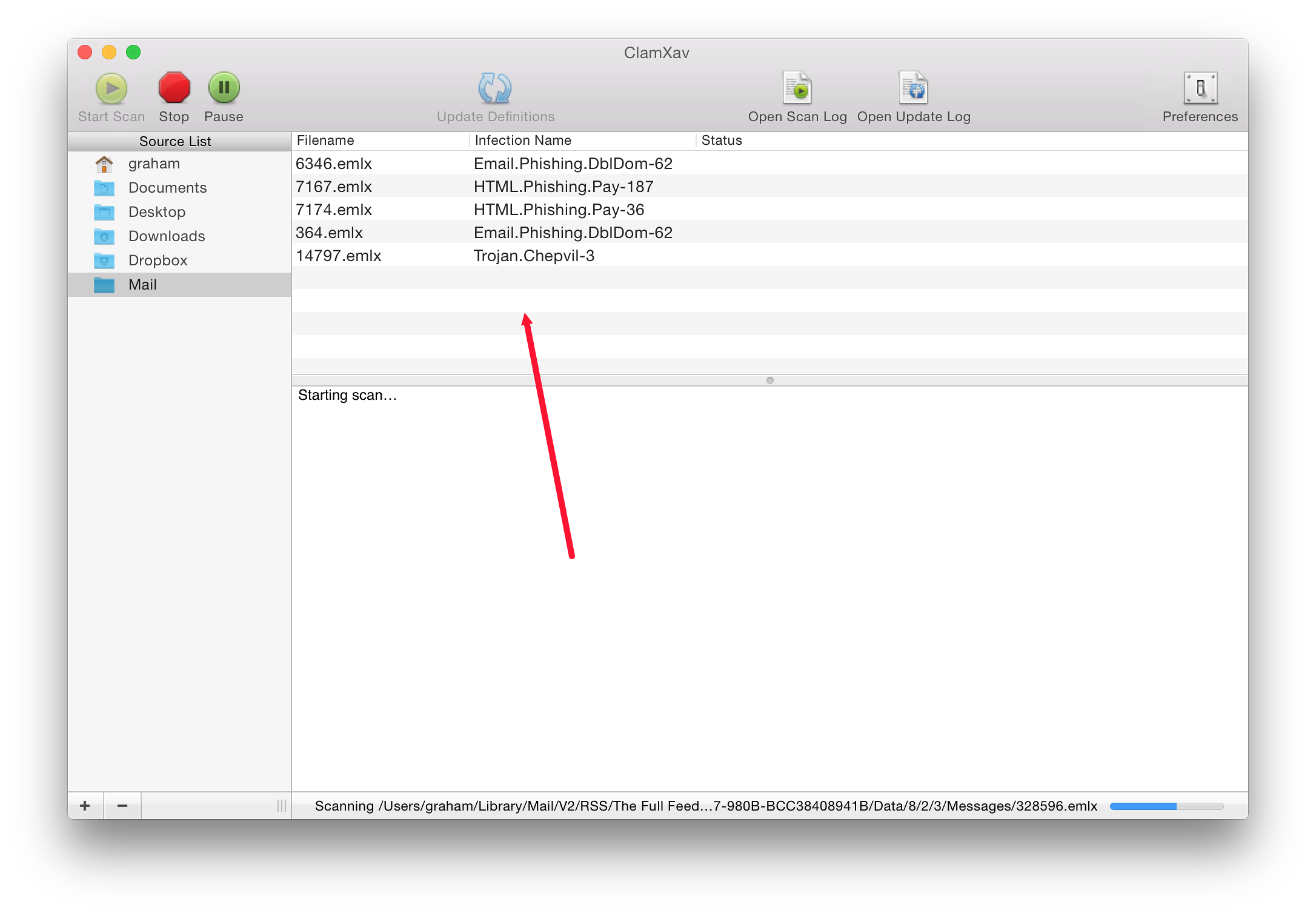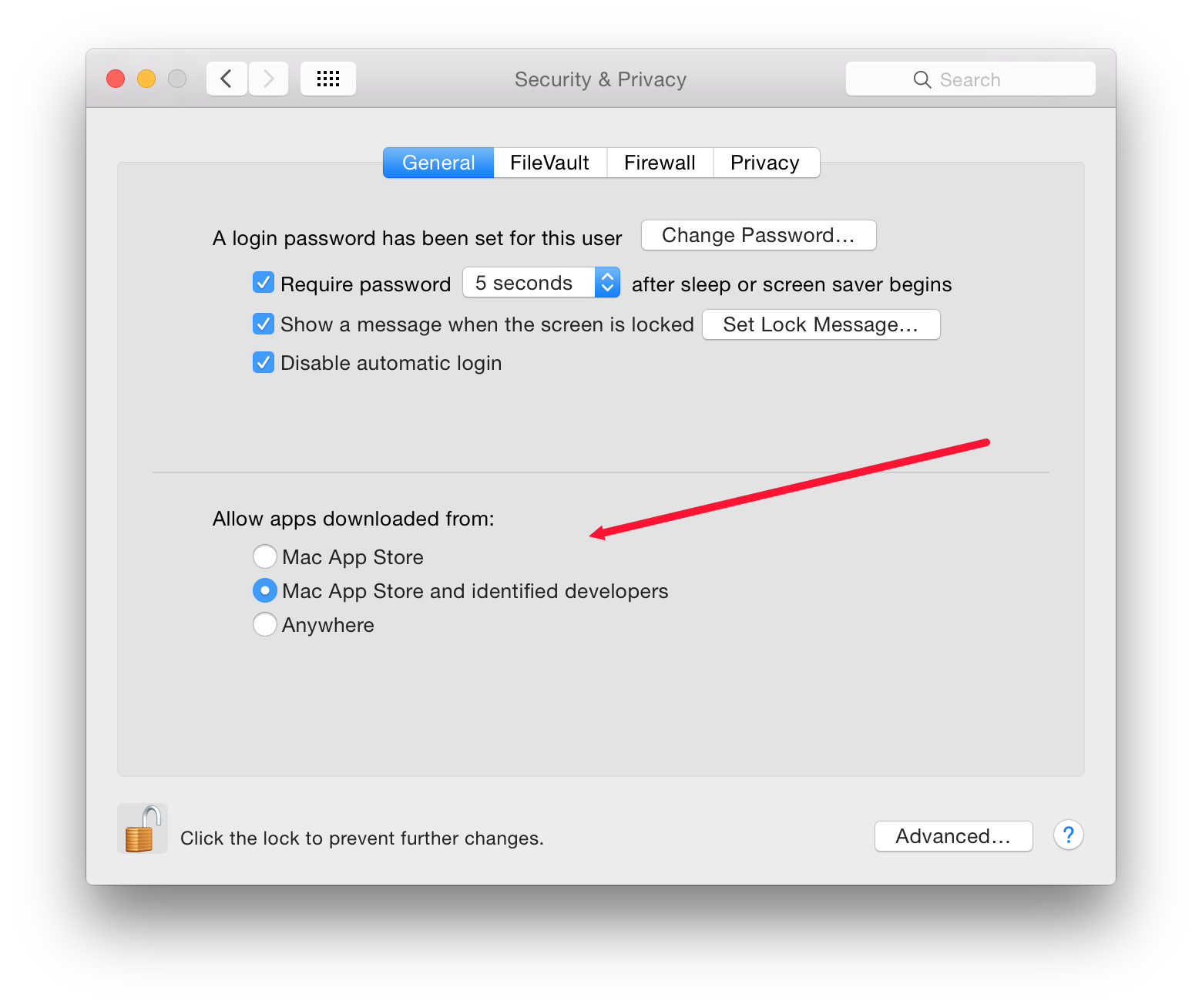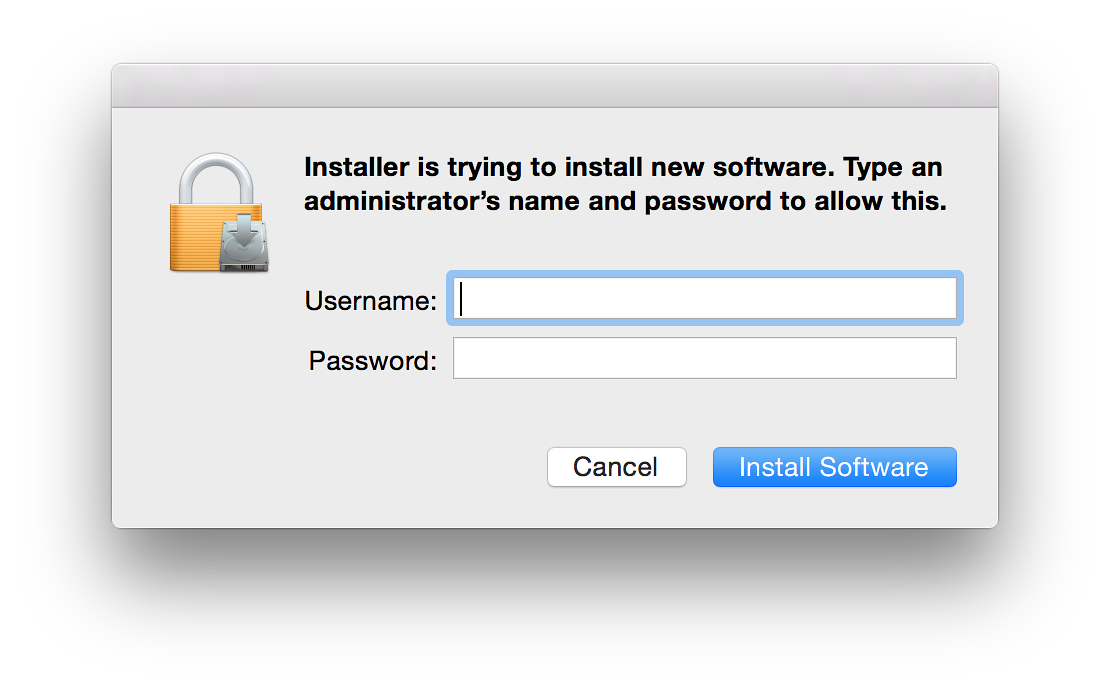Threats of Threats of Viruses on Macs (Bangkok Post, Life)

AMITIAE - Wednesday 1 April 2015
|
Threats of Threats of Viruses on Macs (Bangkok Post, Life) |
 |
|
|
By Graham K. Rogers
Some sites have headlines that suggest the long-time safety of Macs (itself a myth) has come to an end with the appearance of a virus. Still, there is not one virus that affects OS X, which compares rather favourably with other platforms. Again, let me add that there are forms of malware, including (perhaps most common) the Trojan Horse, Worms (few) as well as keyloggers and other spyware.
Not one of those links gave me the name of any virus, although there were other forms of malware. Jack D. Miller has not deigned to reply to my comment thus far. Others, like Kaspersky, for example, who have a vested interest in selling fear, uses the term virus in bait articles. Despite that organisation's apparent credentials, it is able only to list Trojan Horse malware, erroneously calling these "Mac Trojan viruses". Other sites, including the NYTimes have had headlines about Mac viruses, but when analyzed by those who know what they are working with, these are found to be examples of Trojan Horse malware. In April 2012 Nicole Perloth was writing about malware and using the word, virus. The article included links to sites which had earlier identified the malware (Flashback) in March 2012 and provided methods of cleaning. Apple belatedly also updated its protection to deal with this threat.
We should also not forget the Sony rootkit: copy protection measures on CDs from Sony. The main reason that this was installed on so few Macs compared to thousands of PCs, was the basic protection that all Macs have: software needs root access to install, and OS X has no root password by design. Macs get round that by a sort of proxy system that uses Admin paswords; but this cannot be done without a user's assistance. That is why relatively few examples of Trojan Horse malware have been successful. By definition, this needs the user to open a file, such as an image; and that begins the installation. I have seen a few of these: some were sent by email, one via Facebook. Other such false flags have included users trying to access online video and being warned that the performance would be enhanced by downloading a new video codec. Many have, of course.
There are ways to protect our computers apart from protection software. If we live in a locked room with no internet access, never install any software from outside, never attach external media, and never accept files from others, that should just about do it.

Checking Mail - Phishing and Windows Virus Found

System Preferences - Security & Privacy


Malware Checking Software in the Mac App Store
See also:
Graham K. Rogers teaches at the Faculty of Engineering, Mahidol University in Thailand where he is also Assistant Dean. He wrote in the Bangkok Post, Database supplement on IT subjects. For the last seven years of Database he wrote a column on Apple and Macs. He is now continuing that in the Bangkok Post supplement, Life. |
|

For further information, e-mail to
Back to
eXtensions
Back to
Home Page